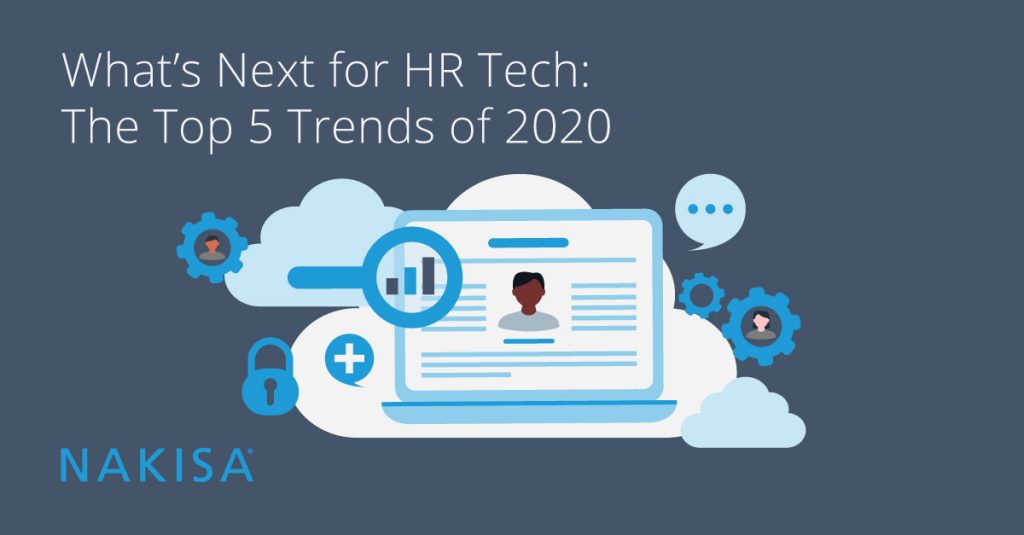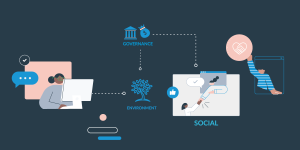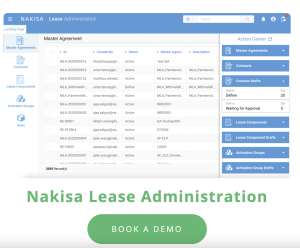Human resources is by definition (and by name, for that matter) all about people.
From recruiting and hiring the best talent, encouraging and recognizing high-quality performance, and ensuring that employee needs like benefits, compensation, and work environment are met, HR professionals have always worked with these core goals in sight.
Though the profession’s overall mission hasn’t changed, as we enter a new decade, the day-to-day work of HR teams is drastically evolving, thanks in large part to increasingly advanced technology. In today’s technology-driven environment, HR leaders are moving beyond traditional HR tasks to take on a more analytical, data-driven approach to very human challenges.
According to PwC’s 2020 HR Technology Survey, companies spend an average of 310 dollars a year per employee on HR tech and nearly 75 percent of companies said they were planning on increasing this spending in 2020.
So, how are HR departments reimagining the future of work? Here are the five key HR technology trends to look out for in 2020 and beyond.
1. HR in the Cloud
According to the PwC HR Technology survey, 72 percent of companies reported having their core HR solutions in the cloud or working towards migrating them to the cloud. Respondents using cloud-based technology reported improvements in efficiency, employee experiences, and workforce data and insights.
A large piece of this spike in use of the cloud is the improved data security and management that cloud solutions now offer. Whether it’s payroll management, benefits tracking, employee performance management, HR data analysis, or org design, the cloud offers the ability to perform several key HR functions while avoiding on-premise data servers or large-scale technology installation.
2. Ensuring Data Security
Keeping sensitive HR data secure is an increasingly significant concern as HR technologies become more engrained in business operations. According to cybersecurity firm Risk Based Security, over 8 billion records were exposed in 2019 alone due to cyberattacks. Given the sensitive and personal nature of HR and people data, organizations will need to find ways to be vigilant in protecting employee and company data.
3. Health and Wellbeing Goes Digital
Many companies have recently begun to focus not only on providing health care coverage for their employees but also promoting healthier and more wholistic lifestyles. That’s probably why the workplace wellness industry has ballooned to nearly $50 billion in recent years, according to the Global Wellness Institute.
Whether it’s mindfulness, diet and exercise, mental health, or financial health—no matter the issue, there is an app out there that seeks to tackle it. As health and well-being become a standard piece of the corporate benefits package, HR leaders will need to understand what, if any, of these new technologies can help in their work supporting employee health.
4. People Experience and AI
One of the major buzzwords around HR in the last few years has been people experience, or HR analytics. Today’s HR leaders have access to more datapoints about their organizations and their employees than ever before.
They may not, however, always feel equipped to use that data effectively. “Most HR professionals go into the job because they're intrinsically people focused—they're interested in human interaction, not analyzing datasets,” writes Forbes contributor and HR expert Bernard Marr.
Demonstrating that you can use data in original ways to solve key problems is a sure-fire path to success in the information age.
– Bernard Marr
Thankfully, Marr says today’s artificial intelligence technologies can do the heavy data management and number crunching that helps inform key HR decisions.
His advice for HR leaders? “You don’t have to become a data scientist, but it’s important to have a good understanding of the possibilities of data and how it can help you solve problems, be more efficient, and make your employees happier. Demonstrating that you can use data in original ways to solve key problems is a sure-fire path to success in the information age.”
5. The Evolution of the HCM
As the nature of business continues to evolve and as HR leaders employ more solutions to tackle the challenges we’ve discussed, the traditional HR systems they use will also need to change.
According to a report from SHRM, more and more businesses are operating in flat organizational structures. But traditional Human Resource Management (HCM) solutions have not been built to support those structures. This is where integrating HCM solutions with comprehensive org chart technology can help HR leaders better visualize their business structures and address organizational needs.
And, given the increasing reliance on advanced people analytics, HCM solutions will also need to integrate solutions that effectively manage and use that data to inform key organizational and HR decisions.
With native integration with major HCM solutions like SAP SuccessFactors, Oracle PeopleSoft (Oracle Fusion HCM), and Workday, Nakisa Hanelly is able to leverage an HCM’s HR data out-of-the-box. The cloud-based solution allows HR leaders to visualize multiple org chart scenarios, analyze their organizational strategies, and collaborate in real time with data they can trust as their single source of truth.
Designed for HR departments to be up ran running from Day 1 of implementation, Nakisa Hanelly allows today’s HR leaders to adapt to the more data-fueled business ecosystem of the future.
Book a demo with Nakisa Hanelly here.







